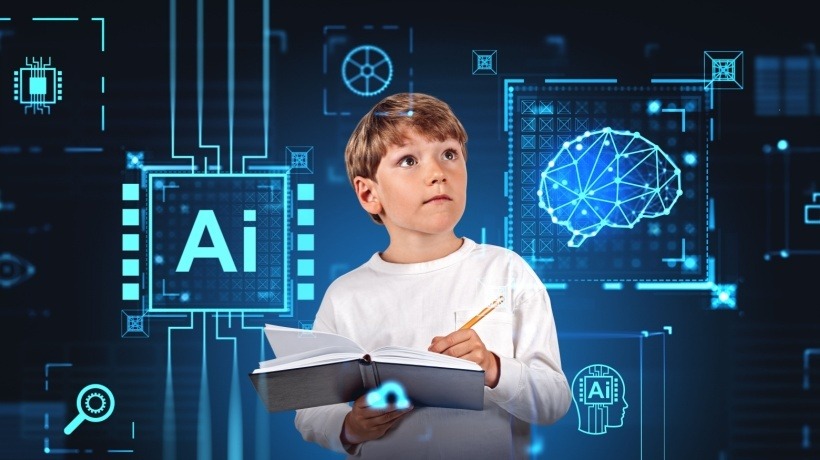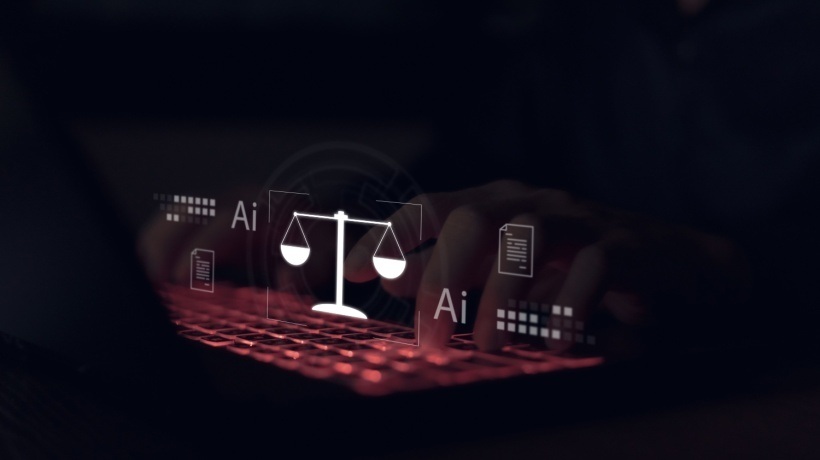Are Your K-12 Kids Using AI At School? 6 Tips To Help Them Use It Right
Artificial Intelligence (AI) is now everywhere we look, from the tools we use at work to the algorithms that shape the home page of our favorite streaming services. However, it's not just adults who are using AI, but also their children. AI has entered K-12 education in the form of writing helpers, math chatbots, and educational platforms that students use on a regular basis. Although we can't deny the number of exciting opportunities the introduction of AI in education opens up for young schoolchildren, parents need to be aware of potential issues related to cybersecurity, ethics, academic performance, and overall health. In light of World Children's Day 2025, we explore 6 tips parents must follow to ensure their kids are only enjoying the positive side of using AI in K-12 education.
6 Tips For Parents To Support The Use Of AI In K-12
Ask Which Tools Your Children Are Using
Knowledge is power, which is why it is essential to inform yourself on the exact ways AI will be used in the classroom. Some schools invest in writing or math assistants, while others use AI to create and enhance virtual learning environments. Knowing which tools your children will be using, and perhaps briefly trying them out for yourself, will give you a better understanding of their benefits, limitations, and potential risks. All you have to do is communicate with their teacher to ask which AI tools are being used in the classroom, the purposes they serve, and any additional tools they recommend for independent use at home.
Clarify That AI Is A Helper, Not A Replacement
It's natural for children to be tempted to let AI do their homework for them instead of using it to support their learning. Even adults are often mesmerized by the seemingly endless capabilities of these powerful tools. However, to ensure that the use of AI in K-12 education doesn't negatively impact the progress and critical thinking skills of your schoolchildren, it is necessary to set some boundaries. Explain to your kids that AI is there to provide examples, clarify concepts, enhance their practice, and support their creativity. On the contrary, it shouldn't be used to replace their thinking and problem-solving abilities.
Emphasize Digital Safety
Data safety is a major concern when it comes to using AI, particularly for K-12 children. Many AI-powered tools collect data to operate effectively, and if children are not aware of this, they may put themselves or their families at risk. It is crucial to share basic cybersecurity tips with young students, such as not sharing personal information (full name, address, pictures, etc.), setting safe passwords, and using only school-approved platforms. If you are uncertain about the safety features of the AI-powered tools and platforms used in your children's school, be sure to discuss guidelines and privacy settings with their teacher.
Encourage Fact-Checking AI
AI often provides answers with a confidence and authority that makes us doubt they could be incorrect. But it's important not to take AI responses at face value and instead take a few extra steps to verify them. To help your kid distinguish between an AI hallucination and a legitimate answer, teach them a set of critical questions to ask, such as: "Does this answer make sense?", "Is the source credible?", or "Should I cross-check with another source?" These questions not only enhance their critical thinking skills but also promote digital literacy and academic success.
Set Boundaries Around Screen Use
One of the issues with increasing technology use in education is that it also increases the time children spend in front of screens. However, the introduction of AI in K-12 education shouldn't replace offline learning, let alone playing and socializing outside of the virtual world. Parents who want to keep their children's lives balanced must first establish no-screen zones and hours around the house. Moreover, they must promote and participate in hands-on activities that get kids moving and using their problem-solving skills without the influence of a device. Finally, they must set a good example themselves, limiting their own screen time and not relying on their phones or AI constantly.
Foster Curiosity, Not Fear
Regardless of your feelings and views towards Artificial Intelligence, there's no denying that it is here to stay. Therefore, instead of ignoring its existence or, worse, instilling fear in your children by calling AI "dangerous" or "cheating," you should encourage your children to safely interact with this new technology. Teach them the precautions they must take to ensure their safety while allowing them to experiment with it, ask questions, and discover new ways to use it. Besides, knowing how to leverage AI tools is an emerging skill that will prove extremely valuable for children in the future.
Conclusion
The recent introduction of AI in K-12 classrooms has reminded us just how important new technologies are in helping children learn, create, and grow. But, at the same time, it is important that we keep an open mind to these tools and any others that may emerge in the future. This way, we equip children with essential skills that they will need in their academic and professional journeys. This World Children's Day, discover how you can support your young children in their first interactions with Artificial Intelligence, ensuring they use it safely to enhance their learning experience.








